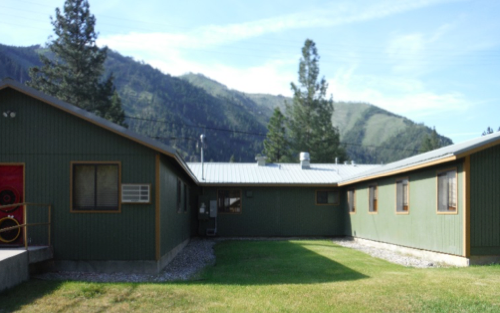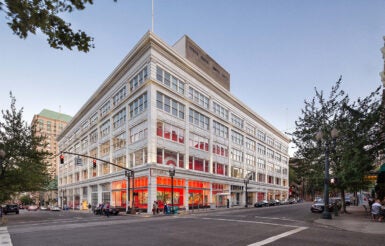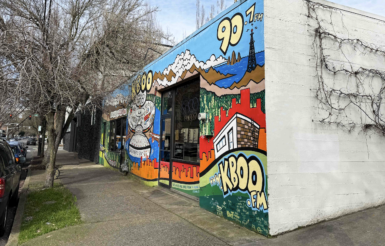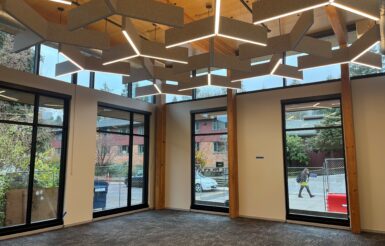Project Overview
High-performance HVAC alleviates overheating and ventilation issues
The Trapper Creek Dormitory is a federal government work campus in rural Montana. When restricted airflow caused summertime overheating, ventilation issues, and unsafe C02 levels in their dormitories, the facility managers decided to partner with Ravalli Electric Co-op and Bonneville Power Administration to implement a high-performance HVAC conversion.
Fortunately, Ravalli Electric Co-op and Bonneville Power Administration had an innovative and cost-effective solution that would not only solve Trapper Creek’s airflow issues, but also significantly reduce their energy costs. To make the project even more cost-effective, Ravalli Electric Co-op provided $80,591 in incentives that dramatically cut the project’s upfront costs.
“First and foremost, we were focused on alleviating the unsafe CO2 levels,” said Dan Gager, Project Manager at Trapper Creek Dorms. “It was particularly a problem in the winter when windows had to be closed. We were very happy to learn that this new system could take care of our ventilation issues and provide fresh air to the sleeping areas throughout the winter.”
Very high efficiency HVAC provides 100% fresh air at all times
The solution proposed by Ravalli Electric Co-op and Bonneville Power Administration was a high-performance approach to HVAC known as a very high efficiency dedicated outside air system (very high efficiency DOAS). The unique system design allows 100-percent fresh outdoor air at all times in the building to significantly improve indoor comfort—particularly for buildings like Trapper Creek that struggle with airflow in the summer.
DOAS separates heating and cooling from the ventilation system to allow for optimal control of each of these critical building functions. Building on the DOAS concept, a very high efficiency DOAS includes heat recovery ventilation and focuses on increased equipment efficiency and optimized system design. This approach has been proven to yield significant energy savings in new and existing commercial buildings while also providing:
- Increased occupant comfort
- Improved indoor air quality due to filtered 100% outside air being brought into the space
- Lower energy bills because the very high efficiency HRV allows for a smaller heating and cooling system that runs less often
- Saved roof space through system downsizing and reduced ductwork
- Precise temperature and humidity control
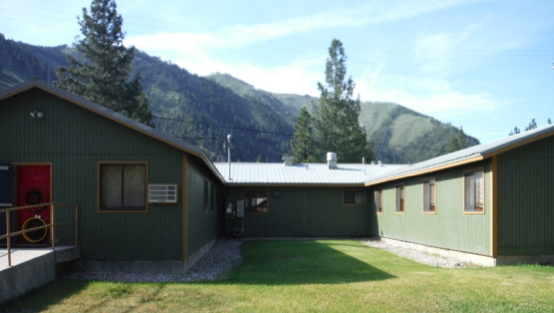
Results
The facility managers at Trapper Creek were very happy to find a solution that allowed them to keep windows shut during the winter, and still provide fresh air at all times. With CO2 sensors built into the HRV unit, they can rest assured that airflow problems are a thing of the past, and their students can sleep comfortably—and safely—no matter the season.
Conversion summary
| Pre-existing HVAC system: | New HVAC system: |
|---|---|
| 5x electric forced-air furnaces 1x exhaust fan | 4x 3-ton York split system heat pumps 1x 4-ton York split system heat pump 1x Ventacity VS1000RT HRV |
